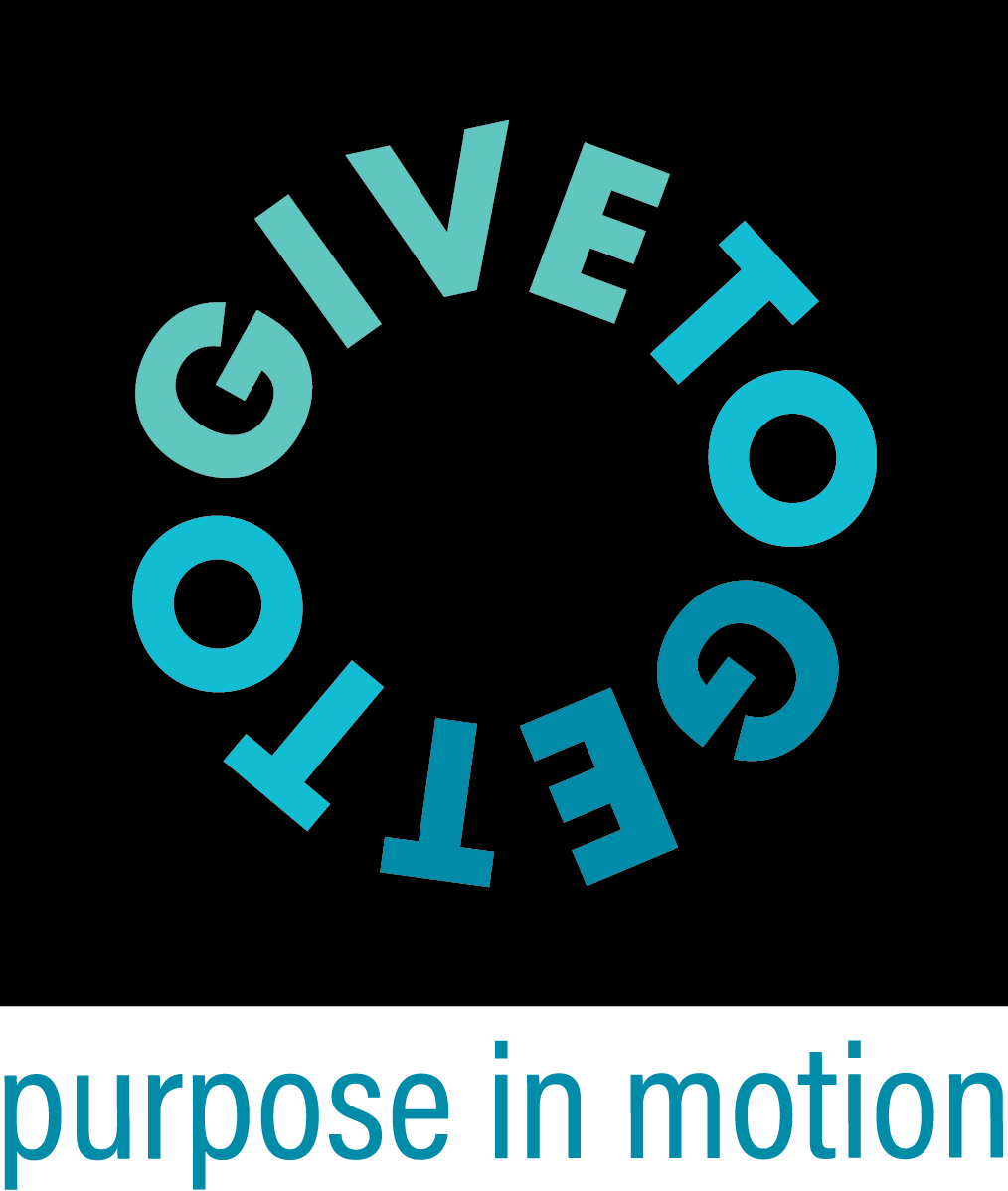Walking the Tightrope: Social Impact Measurement / Part 3 of 4
Investing in social impact can have multiple levels of benefit and impact for business. In our last post, we explored some of the benefits social impact can have on employees and the strategic clarity of the business. When done well, it creates real benefits and value for companies.
As we look outside the company, the effect on brand is the second node in our impact triangle and the one that really started this whole thing.
Thirty years ago, cause marketing was the first big foray into brands getting strategically vocal about social impact. It was developed as a tactic to engender brand love and consideration among consumers. The first tactics were financial transactions. If you used, bought, or tried a product, the company would donate to a well-regarded charity. This is still done today to good effect, but the practice has evolved.
Over the past 15 years, experiential marketing has grown with the rising generation’s interest in experiences. Brand experiences are becoming ever more prominent and effective. You can see tremendous brand activations at music and sporting events. Experiences make people feel an emotional connection, and it’s that feeling that drives consideration and affinity for a brand.
Twenty-five years ago, we started producing live concerts where the only way to attend the show was to volunteer for four hours with local charities. We created both the volunteer projects and the live concerts as experiential, brand activations. These concerts featured artists like Lady Gaga, Rihanna, Diddy, and Drake — and ranged in size from 500 to 12,000 individuals, taking place in more than 10 countries.
In 2005, we sold these events solely as marketing campaigns for brands looking to connect with a younger demographic. We were able to position the volunteer events as brand activations as much as the live concerts. For a typical 5,000 volunteer concert, we would produce 75 branded volunteer events over eight weeks. There wasn't a fundraising component. It was all experiential and volunteer activations for non-profit partners.
The fact that there wasn’t a way to buy a ticket made the events stand out, and it helped reach new audiences for our brand partners. The brands we partnered with for these programs were not known as social impact brands. They were companies like Boost Mobile, Orange, Coca Cola and Diageo. And the buyers weren’t traditionally interested in social impact. They were marketing departments. They wanted the impact to be real, but they were buying brand awareness results.
And they got results:
In the UK, Orange saw ‘First Choice Purchase Intention’ jump 42% in their key demographic along with a doubling of emotional proximity scores. Brand Love and Brand Trust made 63% and 29% jumps respectively.
In South Africa, Coca-Cola was able to gain access to 150 new high schools, renewed a frayed relationship with their bottler, and generated nearly 500,000 brand mentions and eight Twitter trending moments throughout the campaign.
In Australia, Optus re-established itself as the No. 1 brand choice for the 16- to 24-year-old demographic, consideration doubled, and social media engagements increased 7x throughout the campaign.
Creating social impact experiences had direct brand benefit. In all of these campaigns, we had little-to-no connection with philanthropy, HR, or meeting and events teams. And the way these companies measured success was in brand consideration and awareness. We were able to use social impact to cut through the noise and create emotional resonance with their target demographic.
But that wasn't all.
Similar to how the brand is affected by how a company engages its employees, these same employees are affected by a company’s brand campaigns. Both CMOs from Boost Mobile and Orange commented that the most surprising effect of the volunteer concert campaigns was the effect it had on their employees. Orange saw a 43% jump in Employee Net Promotor Score and Boost Mobile employees said that the program was one of the top three reasons why people liked working there.
Again, the division between what happens inside and outside a company is dissipating. Consumers and employees are the same people, really. Rising generations both work and buy things. So, these internal effects of investing in social impact branding work are more than material and may prove to be a deciding factor. Employees don't feel pride in 20% off promotions.
Now, a company’s social impact investments have multiple effects on the enterprise, and those effects must be the target of the effort. However, the impact on the public and planet needs to be there too. Without that authentic impact on community, the effort rings hollow and the positive impact on the company is hollow.
Community impact is the clincher, and we will look into that next.

